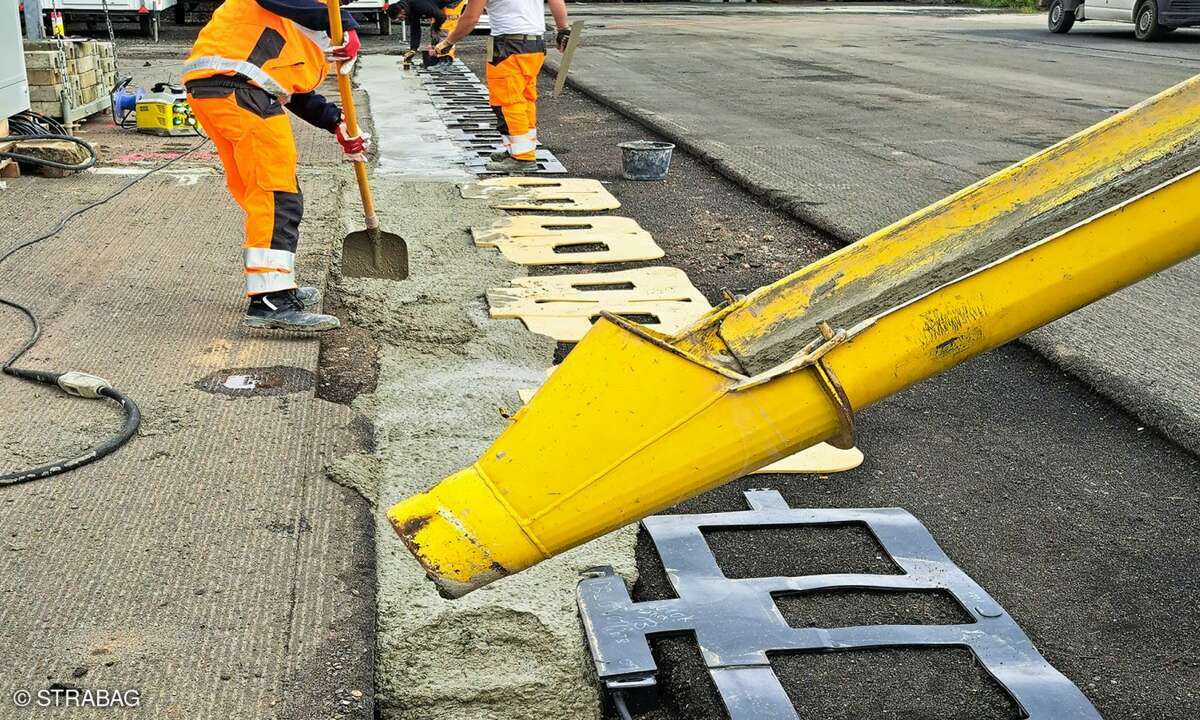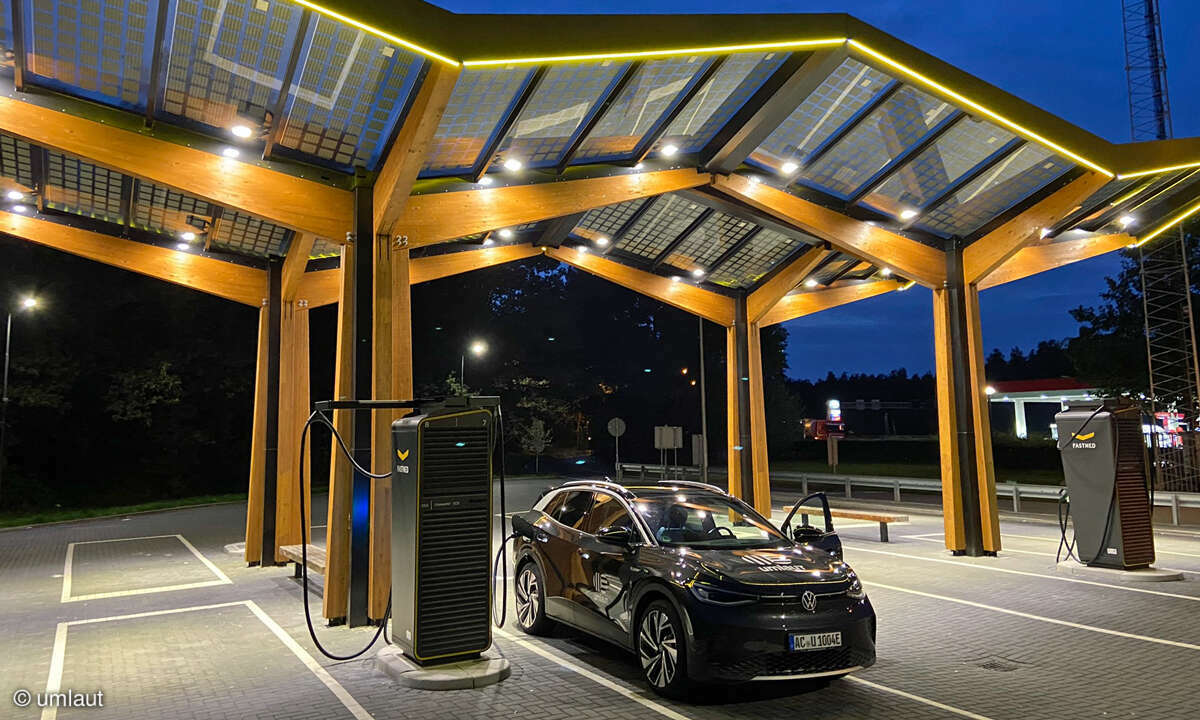E-mobility
Charging breaks during long journeys deter many people from buying an electric car. A new technology could solve the problem in the future and enable charging while driving.
News

The construction company STRABAG has tested an inductive charging technology on a test track in Bad Hersfeld. The project was carried out in collaboration with Electreon, the leading provider of wireless charging solutions for electric vehicles, and is part of the research project “Testing inductive charging in streets for electromobility” (EMili) funded by the state of Hesse.
During the test, a roadway was equipped with a technology that is intended to enable the contactless charging of electric vehicles. According to STRABAG, the handling of the material and the installation depth were tested for possible use in road construction.
Technology and functionality
A total of 23 coils were installed in the test track at STRABAG’s depot. These coils are designed to maintain the current charge level of the battery when an electric vehicle drives over it. The system works via a generated magnetic field that transmits the charging power to the receiver in the vehicle without contact. The coils are wired and connected to a power source in the roadway. The installation process for the technology was promising. After the test track was milled, the copper coils were laid, wired and covered with asphalt.
Electreon emphasized that the charging coil software is compatible with every electric vehicle. It is based on a transmitter-receiver model and the vehicles can be retrofitted accordingly. The next step is to speed up the installation process. The focus is also on further developing the coils for higher charging performance. Dr. Andreas Wendt, Managing Director of Electreon Germany GmbH, explained that the technology is ready for commercial use and that further projects are to follow.
Planned applications
The process is said to be particularly suitable for closed circuits such as bus or taxi lanes in public transport. Charging can be done dynamically while driving or statically when parking. The coils could also be used on motorways, for example to support electric trucks on steep inclines. If charging while driving becomes possible, this could also reduce the size and weight of the batteries required in electric vehicles.
Next matching articles
Continue to home page
Source: www.connect.de







